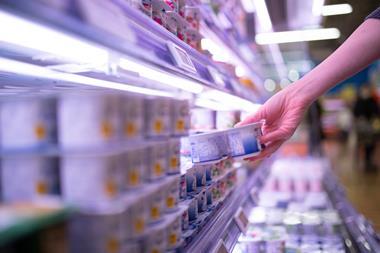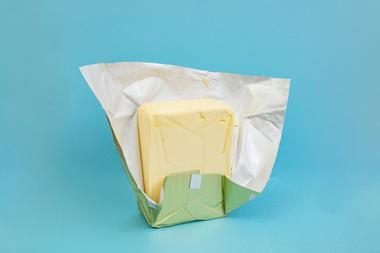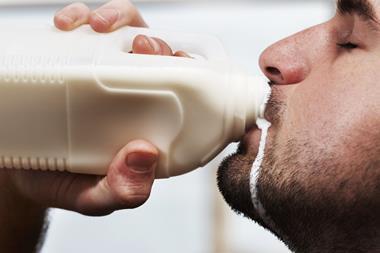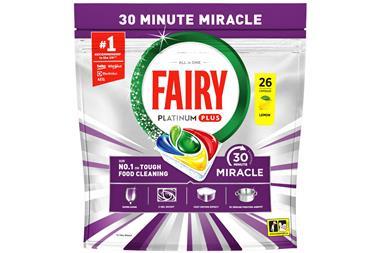The theory of dairy reform across the EU was simple. Cut the intervention prices for butter and skimmed milk powder by 22% over four years, starting with 6% in July 2004, and dairy product prices would fall roughly in line.
Export and other subsidies could then be chopped and farmers would be compensated for lower milk prices by direct decoupled payments.
So far the reality has not matched the theory as market prices have not dropped by the expected 6%, although market and export-related subsidies have been cut.
To the embarrassment of the dairy officials in Brussels, farmers have started getting their compensation even though their milk prices have not dropped, at least in the UK. Intervention prices drop again by an average of 6% in July and the big question now hanging over dairy markets is that of whether prices will drop in the next few months against the two-year cut of 12%. Much will depend on whether EU and UK milk production comes back in line with
quota, after sagging back in 2004, and on whether EU exports remain as buoyant as they were last year.
The chances are that prices will fall significantly this year. If farmers’ prices do fall, there is a significant risk that many farmers will quit and this will push UK milk output lower. A recent Defra seminar heard conflicting views on possible milk output cuts but leading expert Professor David Colman, a government advisor, predicted a 7% cut in UK milk output by 2007 if prices followed the intervention cuts downward (see above left).
The next few months will probably give a good indication as to whether the markets can largely ignore, as they have so far, the reform programme from the EU.
Export and other subsidies could then be chopped and farmers would be compensated for lower milk prices by direct decoupled payments.
So far the reality has not matched the theory as market prices have not dropped by the expected 6%, although market and export-related subsidies have been cut.
To the embarrassment of the dairy officials in Brussels, farmers have started getting their compensation even though their milk prices have not dropped, at least in the UK. Intervention prices drop again by an average of 6% in July and the big question now hanging over dairy markets is that of whether prices will drop in the next few months against the two-year cut of 12%. Much will depend on whether EU and UK milk production comes back in line with
quota, after sagging back in 2004, and on whether EU exports remain as buoyant as they were last year.
The chances are that prices will fall significantly this year. If farmers’ prices do fall, there is a significant risk that many farmers will quit and this will push UK milk output lower. A recent Defra seminar heard conflicting views on possible milk output cuts but leading expert Professor David Colman, a government advisor, predicted a 7% cut in UK milk output by 2007 if prices followed the intervention cuts downward (see above left).
The next few months will probably give a good indication as to whether the markets can largely ignore, as they have so far, the reform programme from the EU.


















No comments yet